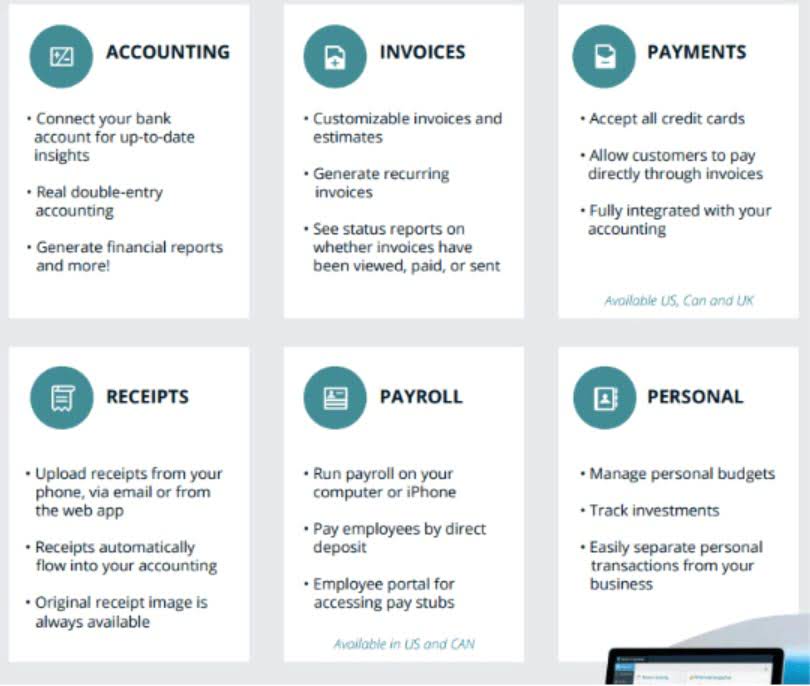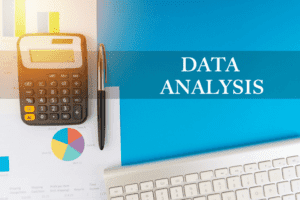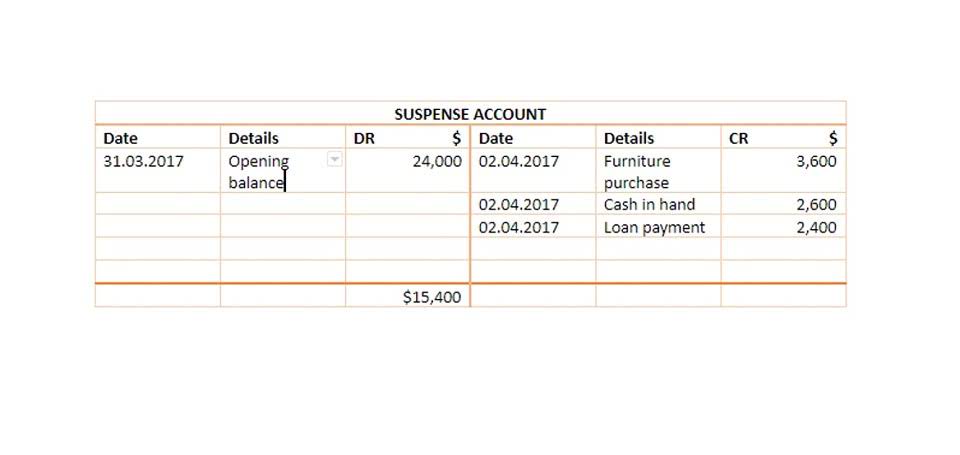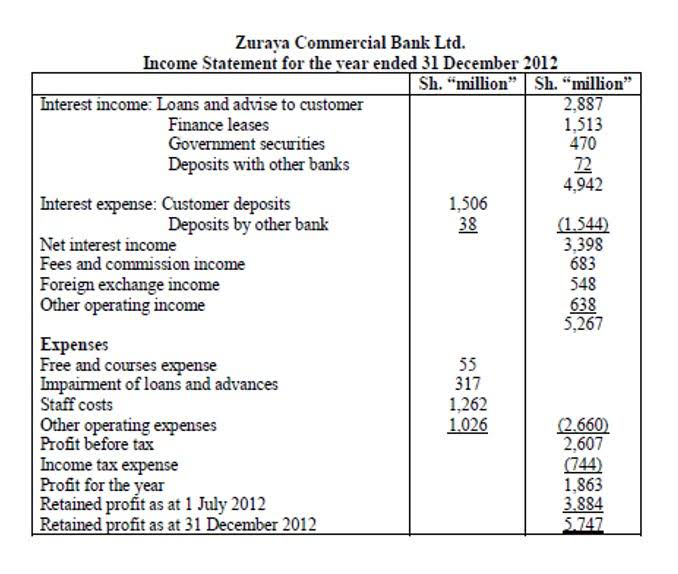Empower also has some tools for retirement planning, although it quickly tries to sell you financial advisory services if you use those tools. For the tasks described at the beginning, a personal bookkeeper is what you’ll need. Most people do not use an accountant (only wealthy http://freejoomlatemp.ru/component/content/frontpage/frontpage.html?start=30 individuals can justify the cost of these tax pros). Your bookkeeper will schedule regular appointments (e.g., weekly, monthly) to input data and perform the tasks you want to be done. Bookkeeping may be done in person (your home or the bookkeeper’s office) or online.
Do you own a business?
In addition, the IRS publishes a list of tax preparers, and most states have their own CPA societies. Hiring a good CPA is worth it if your taxes are complex, if you don’t have the patience and skill to do your own taxes, or if you are uncertain about how specific tax laws or changes apply to your situation. A good CPA should be able to analyze your specific tax situation and look for ways to help you save money on your taxes.
What is your current financial priority?
Accountants can assist in building up an effective accounting system to accurately and conveniently assess profitability, monitor prices and expenses, control budgets, and forecast future speculation trends. Accountants can also consult with their clients on tax-related problems, such as tax compliance and regulations and tax reduction methods. Moreover, accountants can develop accurate audit reports, financial statements, and other accounting documentation required by government regulation and lending institutions. Quicken Simplifi has only been around for a few years, but we’re impressed by how fast it has grown into an excellent app. A concise and helpful dashboard gives you an overview of your finances.
Categorize Your Spending
While this does indicate a complicated industry, it does mean that from an education standpoint, it is slightly less competitive—allowing a fast track for some of the most driven candidates to succeed. Accountants might work in an office, remotely, or a hybrid https://www.vostlit.info/Texts/Dokumenty/Serbien/XIX/1800-1820/Otn_russ_jug_19/61-80/80.phtml?id=15220 of the two. With so many options, you’ll likely be able to find a role with the right work environment for you. You’ll need to earn a bachelor’s degree for most accounting careers—generally in accounting, finance, economics, or your school’s equivalent.
You’re our first priority.Every time.
You also usually need to get some relevant work experience to sit for the CPA exam—which is changing in 2024 to account for the industry’s growing emphasis on technology, Smith says. Candidates will continue taking core parts of the exam, including accounting, tax, and auditing, but will be able to choose an area of specialty, including analytics, information systems, or compliance. Note that despite the name, CPAs and all other types of accountants can find opportunities in public or private accounting. Here’s everything you need to know about how to become an accountant, what kinds of accounting jobs you can find, and why you should consider a career in the field.
- There’s no golden rule about when (or if it’s necessary) to graduate from a do-it-yourself approach to working with an accountant.
- In some situations, an MBA with an accounting concentration could also be useful.
- In the United States, certification requirements for accountants vary from state to state.
- From there, RichOrPoor customizes the attendant report to your liking.
Because a certified public accountant often can provide financial services beyond basic tax preparation, they may be more expensive than hiring a tax preparer to file basic taxes. The cost of hiring a professional accountant to do your taxes varies based on several factors, including your situation, what tax forms you are required to file, and your geographic location. If your tax situation is simple—say, you work for a company and need to submit your W2s—it may not be that costly to hire an accountant. If you work for yourself, however, an accountant is likely to be more expensive. If you are currently enrolled in a program with tax relief companies, you will get help filing your tax returns. Quicken alerts you when they’re due, and you can mark them as paid in the software.
High-Yield Savings Accounts
The cost of hiring a CPA also increases the more complicated your return is and the more time that person has to spend on it. The same study from the NSA found if you are self-employed and need to hire a CPA to prepare an itemized Form 1040 with a Schedule C and a state tax return form, the average fee increases to $525. It helps you get approved for a credit card, mortgage, car loan, and so on and minimizes the interest rate you pay. http://gallery-film.ru/News/Show?newsID=17 It’s important to know your credit score at any given time, how it is calculated, and what you can do to improve it. If you’re a casual investor starting to get serious about making better returns or want feedback on your retirement plans, we recommend trying Empower’s free tools. You may eventually need a more in-depth, personalized advisory service (maybe even Empower’s), but the site is a good jumping-off point for planning.
Why You Can Trust Finance Strategists
Practice sound password management on your end, and the entirety of your information will be further secured. Courses are often intense, and focus on very technically-detailed subjects like auditing, federal income tax, and data analytics. Plus, for those seeking the CPA certification, individuals must pass an examination.
Most entrepreneurs don’t start their journey with an in-depth knowledge of how to manage and organize business finances, and almost all of us would welcome expert assistance with our taxes. A CPA, or certified public accountant, is a person who has obtained licensing to practice as an accountant through a combination of educational requirements and exams. They may specialize in certain fields of accounting, such as taxation. Often, tax preparers either charge a minimum fee, plus cost based on the complexity of your return, or they charge a set fee for each form and schedule needed in your return. If you come across a tax preparer whose fee is based on the size of your refund or who says they can get you a bigger refund than the next person, that’s a red flag.

































